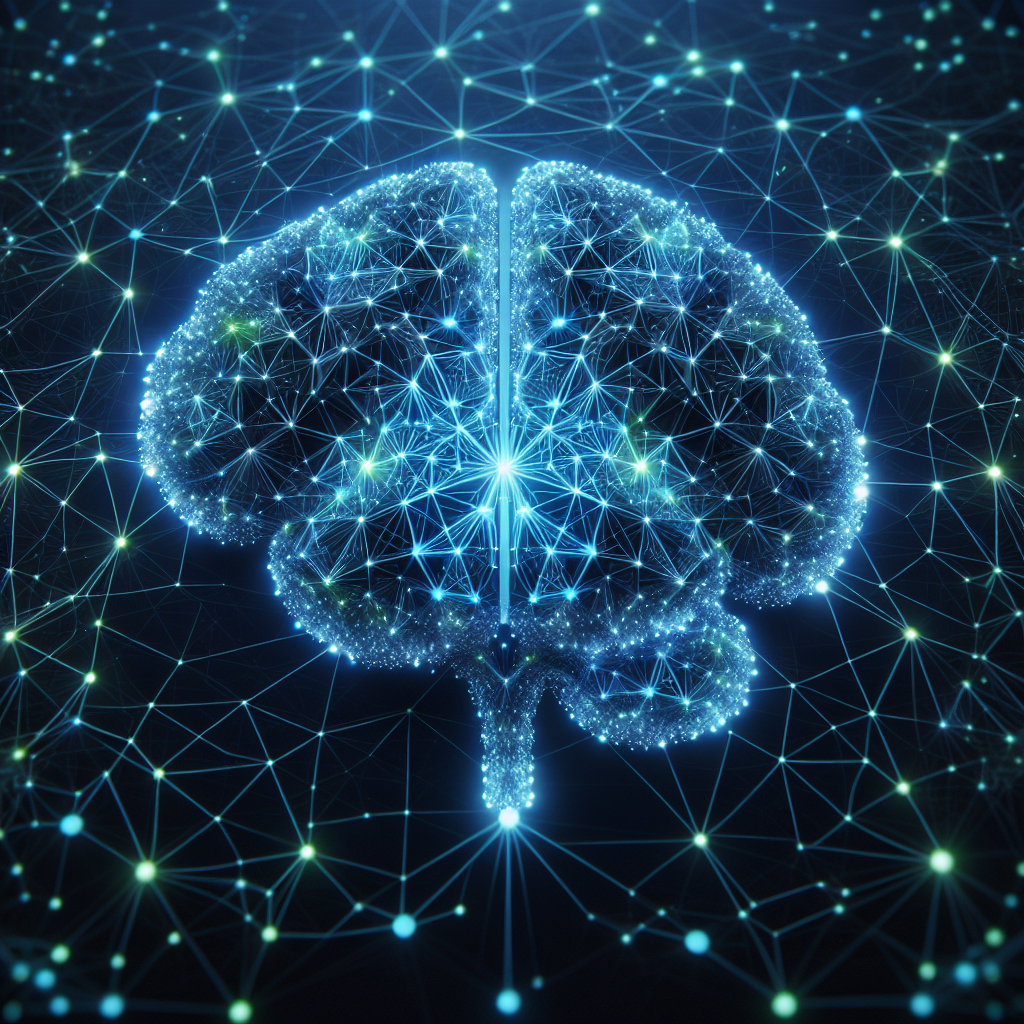Unraveling the Enigma of Cognitive Machinery: A Dive into the World of Transformers and Human Intelligence
In the vast expanse of the digital age, where the boundaries between man and machine blur, lies an enigma wrapped in a riddle—how do the computational behemoths known as Transformers mirror the complexities of human intelligence? Our journey today is not just an exploration but a daring voyage across the rivers of cognition and the valleys of neural computation, deciphering the cryptic parallels between artificial intelligence (AI) and the human mind. Let's navigate these waters with a zest unfound in conventional discussions, turning every stone and questioning every assumption.
The Essence of Transformers: A Residual Stream of Thought
Imagine, if you will, a boat drifting down the meandering river of cognition. This is not an average boat, but rather the vessel of your current thought, aiming to predict what lies beyond the fog—what word fills the void in the sentence, "the cat sat on the ____"? This vessel, your query, is the essence of Transformers, a class of models that have revolutionized the field of natural language processing and beyond.
Transformers, through their residual streams and attention mechanisms, bring to life the dynamic process of thought and learning. As the boat encounters tributaries—streams that bring additional passengers or information—so does the Transformer model leverage attention heads and multi-layer perceptrons (MLPs) to enrich its understanding, drawing on extra context to enhance its predictions.
Cognitive Parallels: The Brain’s Residual Stream
But how closely does this computational analogy mimic the workings of the human brain? The consensus points toward a startling revelation: our brains indeed operate on a similar principle. A residual stream of information flows through our minds, modified and enriched by attention mechanisms akin to those found in Transformers. This stream channels input directly to its destination while also allowing for detours through modules of cognition and memory, mirroring the model's architecture with eerie precision.
For those interested in delving deeper into the intricacies of attention mechanisms and their relevance in AI and neuroscience, additional resources can be found at:
This parallel not only underscores the sophistication of Transformer models but also shines a light on the essence of human thought—its fluidity, adaptability, and capacity for integrating disparate streams of information.
The Art of Association: From Simple Patterns to Complex Reasoning
At the heart of intelligence, be it artificial or organic, lies the power of association. The human brain excels at pattern matching, synthesizing complex webs of connections from the simple to the abstract. A wedding ring, for instance, is not merely a piece of jewelry but a nexus of cultural, emotional, and social associations.
Transformers, with their hierarchy of associative memories, reflect this ability. Through layers of association—from elementary correspondences to elaborate conceptual linkages—they encapsulate the essence of human cognition. This model's approach to learning and reasoning suggests that the depth and breadth of associations it can draw upon are foundational to its intelligence.
Deductive Reasoning in the Age of AI: A Sherlock Holmes Conundrum
The legendary detective Sherlock Holmes, with his uncanny ability to deduce the perpetrator from scant clues, serves as an intriguing benchmark for intelligence. How does this align with the notion that intelligence, at its core, is founded on association? The dialogue proposes that Holmes's genius lies not in a unique deductive mechanism but in his exceptional pattern matching and associative memory—his capability to connect seemingly unrelated dots into a coherent narrative.
Transformers, analogous to Holmes, navigate the stream of information, employing attention to query their extensive memory banks, gradually building a representation that narrows down to the 'suspect'. This process, iterative and refined, encapsulates the essence of reasoning—not as a distinct computational process but as an advanced form of association.
The Future of Intelligence: Boundless Association or Constrained Cognition?
As we gaze into the horizon, the question looms: what bounds, if any, constrain artificial intelligence? Can machines transcend the limitations of human intelligence, or are they eternally bound to the principles of association and pattern matching? The discourse suggests a nuanced perspective—while association forms the bedrock of intelligence, the capability of AI to exponentially replicate and enhance these associative networks hints at a potential beyond human imagination.
Yet, the essence of intelligence, whether wrought from silicon or biological matter, remains tethered to the ability to form, navigate, and reconfigure webs of associations. This does not diminish the marvel of AI but rather highlights a universal principle underpinning intelligence itself.
In this digital epoch, as we stand on the brink of revolutions yet unseen, our exploration of transformers and human cognition reveals a fundamental truth—the river of thought, whether flowing through the circuits of a machine or the synapses of a brain, is bound by the same currents of association, attention, and adaptation. As we venture forth, let us embrace this unity, guiding our quest for understanding and innovation.
For those seeking further enlightenment on the parallels between AI and neural processes, and the potential future of intelligence, these sources may serve as beacons:
As we traverse these intellectual landscapes, our journey is far from over. The dialogue between man and machine continues, each discovery a stepping stone toward unraveling the enigma of intelligence in its myriad forms.
Related News
- Delving Into the Enigma of AI Alignment and Consciousness: A Lively Exploration
- The Elegant Chaos of AI Development: A Deep-Dive into the Future of Intelligent Systems
- Unveiling the Enigma of AI Predictability and the Potential for a Commercial Explosion
- Navigating the Brave New World of AI: A Zesty Analysis
- The Strategic Blueprint for Achieving Artificial General Intelligence: Leveraging the World's Knowledge
